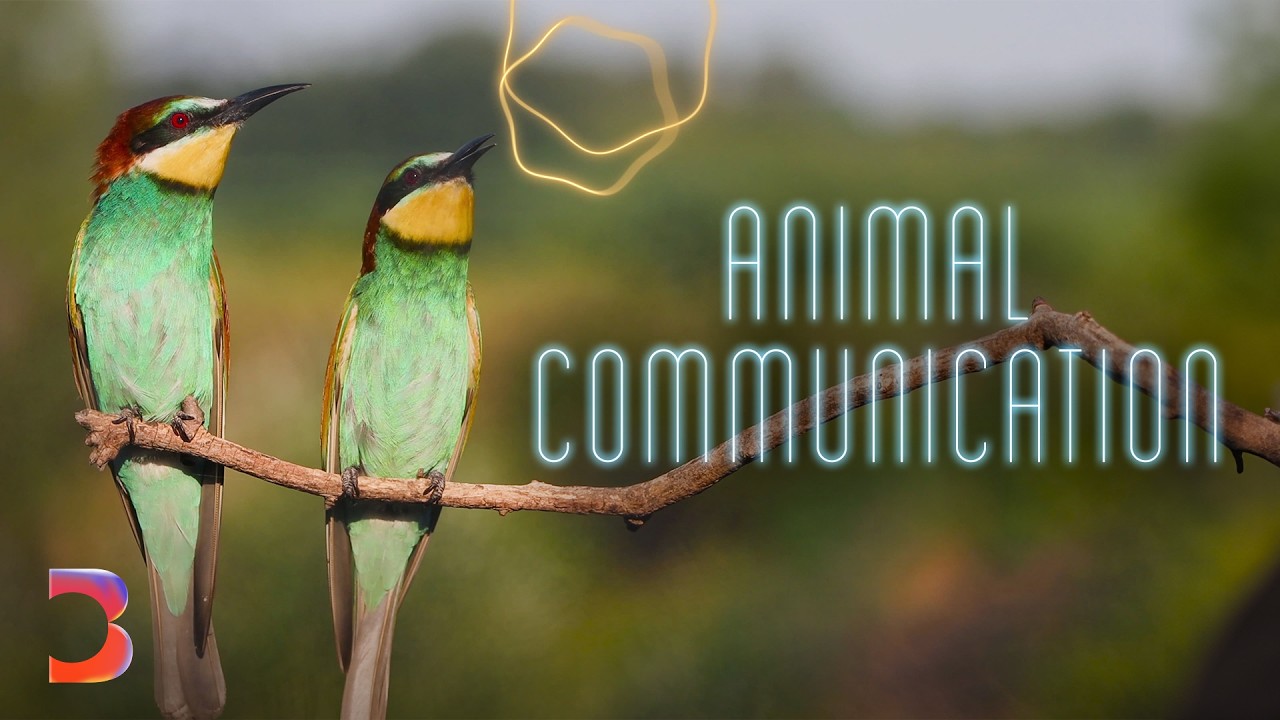The video explores how artificial intelligence (AI) could help decode animal communication, focusing on urban wildlife and featuring a dog named Cash who uses a button board to express emotions. It discusses the potential of AI technologies, like Transformers, to analyze animal sounds and the challenges of understanding these communications, while also highlighting practical applications and the skepticism surrounding our ability to truly listen to animals.
The video explores the potential of artificial intelligence (AI) to decode and understand animal communication, particularly in the context of urban wildlife sharing spaces with human populations. Set against the backdrop of the African Savannah and Nairobi, it highlights the complexity of animal sounds and the challenges of interpreting them. Professor Hannah Fry, a mathematician and writer, investigates whether AI can bridge the communication gap between humans and animals, starting with our closest companions—dogs.
The video features a dog named Cash, who communicates using a button board designed for social interaction. Cash’s owner, Christina, demonstrates how he can express desires and emotions through the buttons, raising questions about the depth of canine communication. While some researchers are skeptical about the validity of this method, Christina believes it enhances her relationship with Cash. The discussion emphasizes the need for a deeper understanding of animal emotions and the potential for AI to help decode these complex interactions.
AI’s capabilities are further explained through the concept of Transformers, a powerful AI architecture that maps relationships between words in a multi-dimensional space. This technology has the potential to analyze vast amounts of data collected from various animal species, such as birds, whales, and frogs, to uncover patterns in their communication. The Earth Species Project, co-founded by AAR Raskin, aims to utilize AI to translate animal sounds into meaningful communication, akin to how the Rosetta Stone helped decode human languages.
The video also highlights the challenges of understanding animal communication, particularly the unique sounds made by species like elephant seals. Biologist Caroline Casey shares her research on these seals, revealing that they may have their own names and communicate through specific rhythms. While AI can assist in analyzing these sounds, the video stresses the importance of direct observation and understanding individual animals to grasp the nuances of their communication.
Lastly, the video discusses the implications of AI in animal communication, including the potential risks of miscommunication and the impact on ecosystems. Researchers in Kenya have successfully used sound to prevent human-elephant conflicts by playing recordings of bees, demonstrating a practical application of understanding animal communication. Ultimately, the video concludes with a note of skepticism about whether humans will be able to listen effectively to animals, even if we develop the technology to communicate with them.
